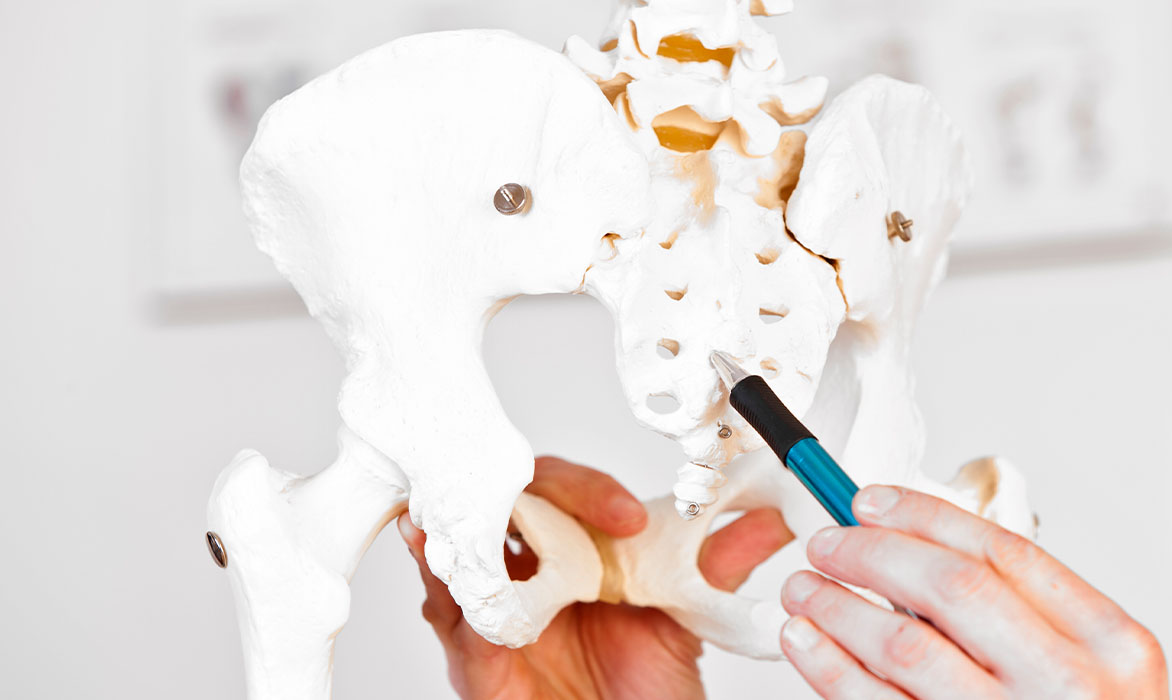
Sacral Nerve Stimulation
Overactive bladder is a condition that causes a frequent and urgent need to urinate. Some people with this condition experience urinary incontinence or involuntary leakage of urine. It is a condition that affects about 12% of people and becomes more common with age.
Sacral nerve stimulation or sacral neuromodulation is a potentially effective treatment option. It involves placing an electrode under your skin to electrically stimulate the nerves around your bladder.
This electricity blocks signals from your bladder to your spinal cord and brain, potentially reducing the symptoms of overactive bladder and several other health conditions.
Sacral nerve stimulation is usually; It is recommended when you do not respond to previous treatment options such as lifestyle changes and exercises to strengthen your pelvic floor muscles, oral therapies, bladder Botox injections.
Situations in which Sacral Nerve Therapy Can Be Used:
Urinary incontinence or involuntary incontinence
· Urinary retention
· Frequent urination
· Fecal incontinence or involuntary leakage of stool
· Chronic constipation (in Canada and Europe)
Sacral nerve stimulation works by stimulating nerves that send electrical signals back and forth from your brain and bladder. It blocks messages from sensory nerves that send information from your bladder to your brain. These sensory nerves can become overactive due to certain neurological conditions or inflammatory disorders. The most frequently stimulated area is the root of your third sacral nerve (S3). Sacral nerve stimulation can also help people with fecal incontinence manage their symptoms.
Individuals who would not be candidates for sacral nerve stimulation include:
- Those with urinary tract stricture
Those with pelvic infections
Those with severe or rapidly progressive neurological diseases
Over 55 years of age with three or more chronic diseases
Those who did not respond to the evaluation phase
pregnant women
Stages of Sacral Nerve Stimulation
An electrode, similar to a pacemaker, will be placed under your skin with wires attached to nerves around your bladder. Before the procedure, an evaluation or testing phase will be required to see if the device is effective for you.
- Evaluation Phase
You will be given a temporary device to see if your body will respond to sacral nerve stimulation. For this, a wire will be placed through the skin near the tailbone by your doctor and connected to the sacral nerves. The wire is connected to a small battery-operated device attached to the belt. This phase generally takes about 2 or 3 weeks.
- Implant Stage
If your evaluation phase is successful and your doctor decides you would be a good candidate, he or she will recommend an implant. More than 50% improvement in symptoms is generally considered successful.
The small implant is placed under your skin in your upper hip with a wire attached to your sacral nerves. If your initial test is not successful, your doctor will either remove the wire or recommend repeating the evaluation.
Potential complications of sacral nerve modulation include:
- Infection
- Electric shock
- Post-operative hematoma (bruising)
